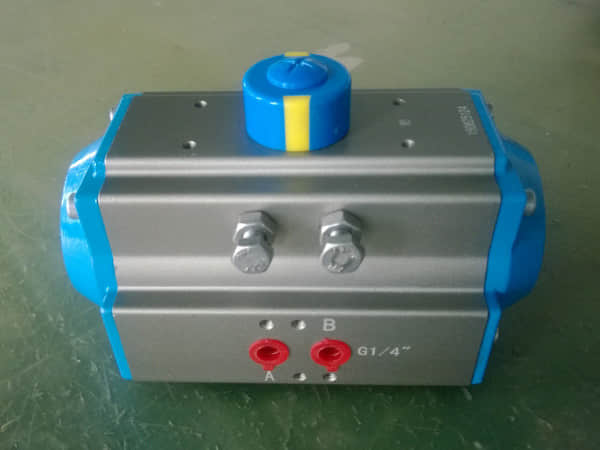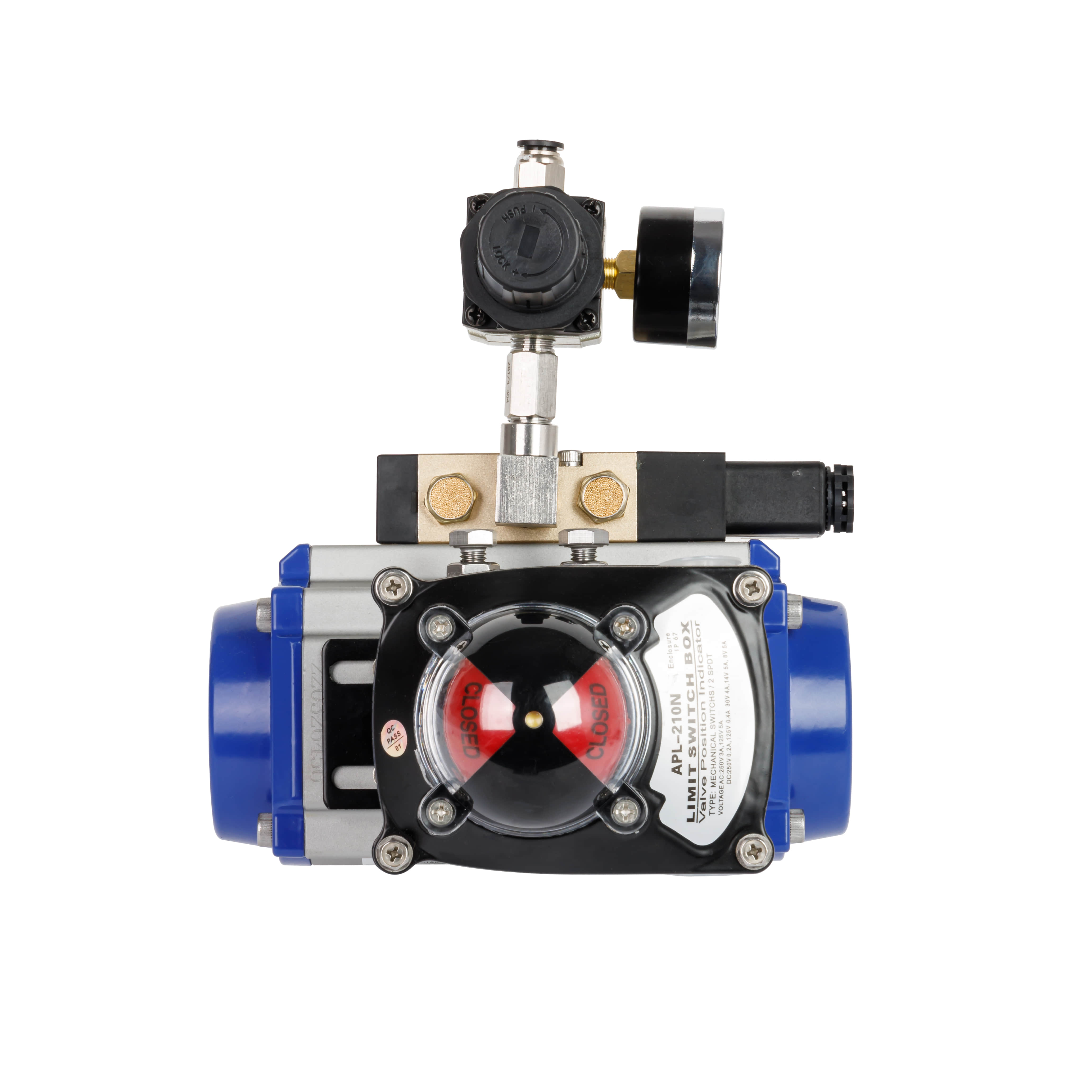understanding pneumatic actuators: mechanisms, applications, and benefits
Release time:2024-09-29 11:14:11
Pneumatic actuators are devices that convert compressed air energy into mechanical motion. These actuators play a crucial role in various industrial applications by providing reliable and efficient control of machinery and processes. In this article, we will explore the mechanisms behind pneumatic actuators, their applications, advantages, and considerations for selection.

Mechanisms of Pneumatic Actuators

At the heart of a pneumatic actuator lies the principle of converting air pressure into linear or rotary motion. The actuator typically consists of a cylinder, a piston, and a valve. When compressed air enters the cylinder, it exerts force on the piston, causing it to move. The movement of the piston can either be linear (in the case of a linear actuator) or rotational (in the case of a rotary actuator). Types of Pneumatic Actuators




